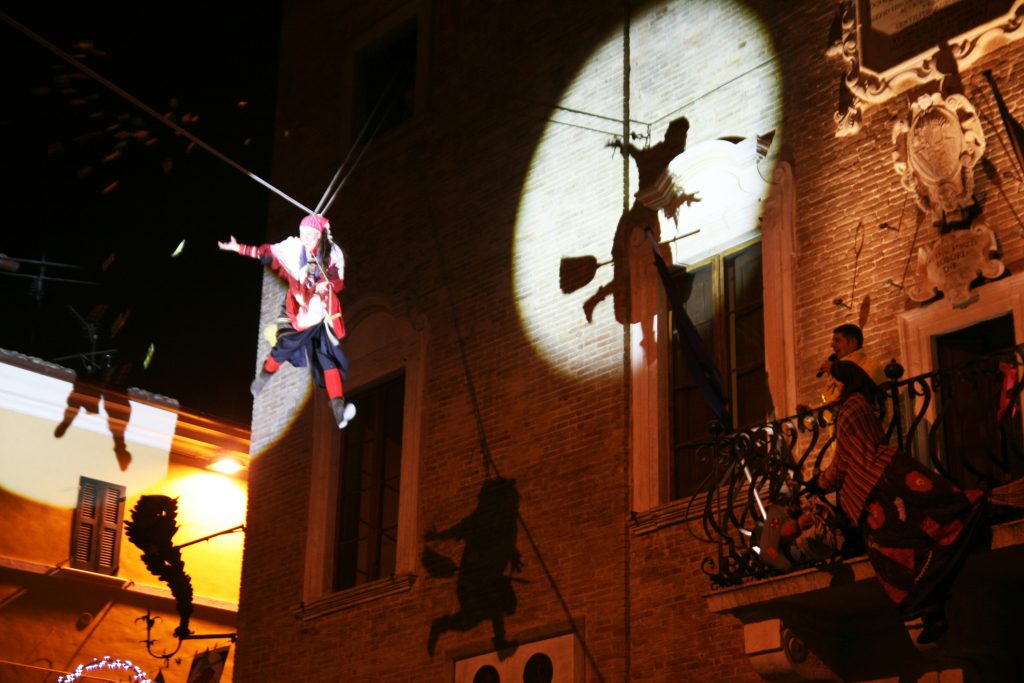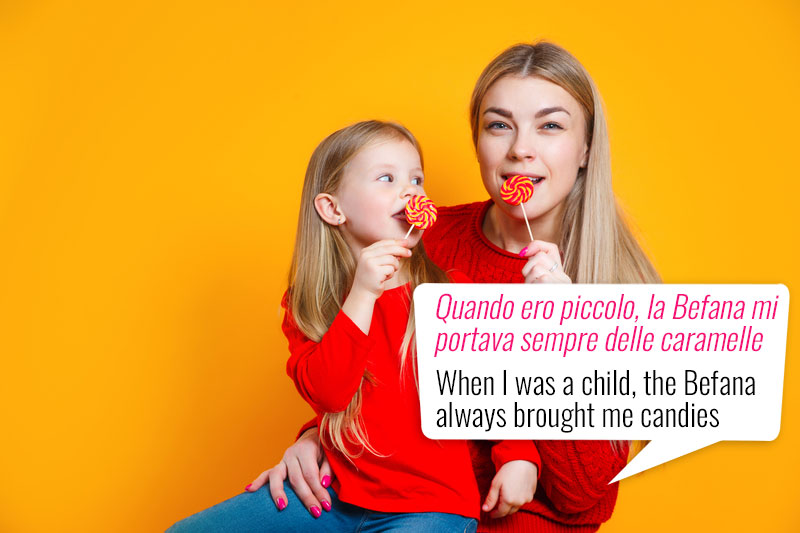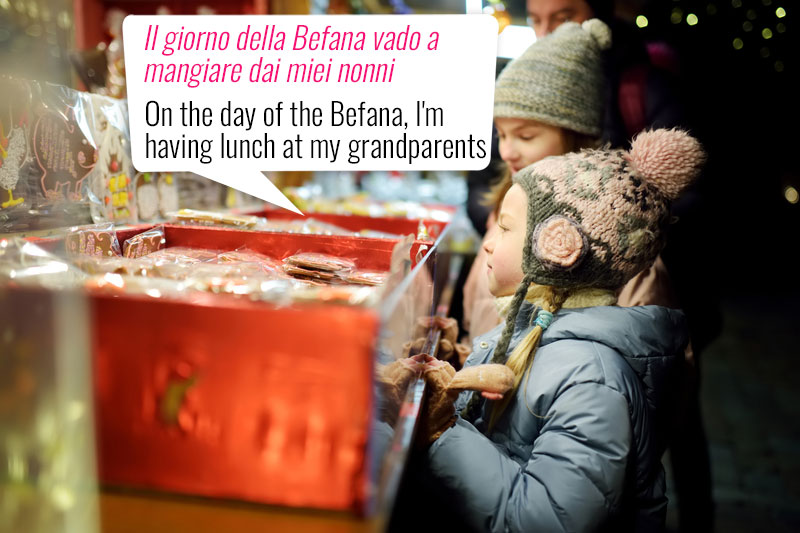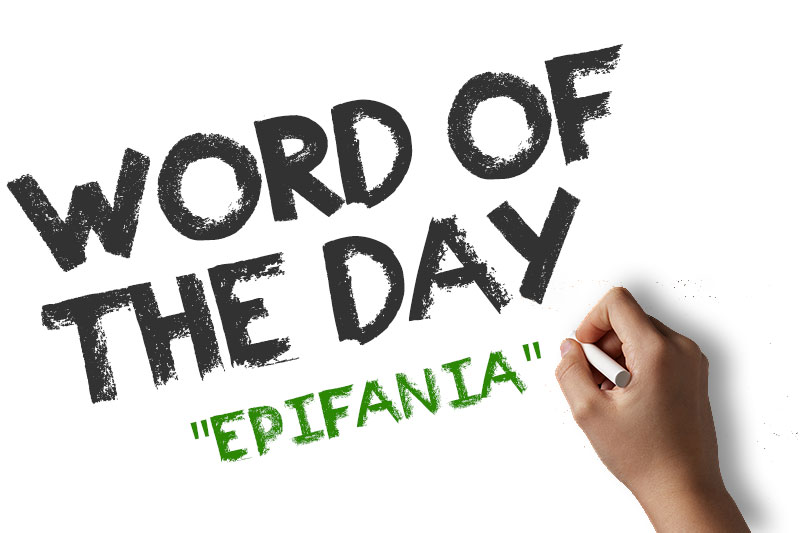Happy Epifania to you all!
While the rest of the world says goodbye to the holiday season on the 1st of January, Italy likes to hold on to the festive atmosphere a few days longer, officially bringing the Christmas period to an end on the 6th of January. On this day, the country honors the Three Wise Kings’ trip to meet Baby Jesus, on the 6th of January. We call it Epifania.
The word itself, epifania (eh-pee-fah-nee-ah), which translates in English with “epiphany,” comes from the Greek epiphàneia, which means “divine revelation.” Of course the term, both in English and in Italian, is also associated with the idea of non-religious revelation, and perhaps it is with this meaning most non-Italians are better acquainted.

What’s the connection between epifania the word and Epifania the feast, then? Well, in Christian tradition the day when the Wise Kings visited Jesus with their gold, incense and myrrh is considered the first public “revelation” of Christ, hence, His epiphany to the world.
For children, though, Epifania is especially the day when the Befana, an old lady wearing tatty clothes and flying around the world on a broomstick, comes to bring presents. Etymologically, Befana is nothing more than a corruption of epifania, created when the figure of the old lady came into being.

Legends say that when the three Wise Kings were traveling to meet Jesus, they got lost and stopped at a house to ask for directions: there, an old lady — our Befana — helped them find the right way, so they asked her to join them and meet the Christ. She refused, but almost immediately regretted it. So, she filled a large bag with candies and chocolate, and began traveling around the world seeking Baby Jesus and leaving sweet gifts to all children, in the hope He’d be among them.

In non-religious tradition, the elderly Befana represents the old year that leaves space to the new one. In the Italian language, befana without a capital “B” is used as a derogatory term to speak about women considered bad looking or bitter. Just… don’t use it!
Last but not least, all Italian children know the filastrocca:
La Befana vien di notte
con le scarpe tutte rotte,
col cappello alla Romana:
viva, viva la Befana!
— L’Epifania tutte le feste porta via!
–Epifania carries the festivities away!

— Quando ero piccolo, la Befana mi portava sempre delle caramelle.
–When I was a child, the Befana always brought me candies.

— Il giorno della Befana vado a mangiare dai miei nonni.
–On the day of the Befana, I’m having lunch at my grandparents.




























